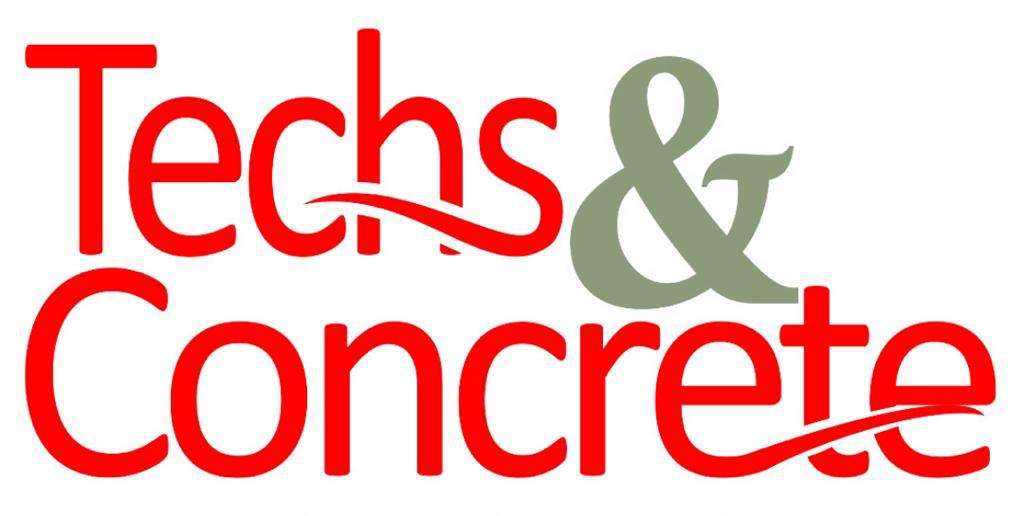
As cities continue to expand and green spaces dwindle, innovative ways to incorporate nature into urban design are becoming more and more popular. One such trend that's gaining steam is the integration of green roofs and gardens into real estate design. Not only do these features contribute to the sustainability of a building and its surroundings, but they also provide numerous benefits for the occupants as well.
One of the main advantages of green roofs is their ability to absorb stormwater, which can reduce the amount of runoff that ends up in local waterways, causing erosion and pollution. They also provide insulation, lowering energy costs and keeping buildings cooler in summer. In addition, green roofs and gardens provide habitats for pollinators and other urban wildlife, promoting biodiversity in otherwise sterile environments.
From a design standpoint, green roofs can be used in a variety of ways to enhance the aesthetic and function of a building. They can be layered to create depth and texture, or planted in patterns to create unique visual displays. They can also be used as recreational spaces, providing areas for relaxation, exercise, or socializing.
Although the benefits of green roofs are clear, there are still some challenges to their widespread adoption. One major concern is the increased weight load on buildings, which can require costly structural modifications. There's also the issue of maintenance, as green roofs require regular watering and upkeep to remain healthy and attractive.
Despite these challenges, the potential of green roofs and gardens in real estate design is immense. As urban populations continue to grow, it's more important than ever to find ways to incorporate nature into our built environments. By adding green roofs and gardens to buildings, we can create sustainable, attractive, and functional spaces that benefit both people and the planet.
Techs and Concrete Nig. Ltd

Comments